On the day of the general election in 2010, Boris Johnson sent David Cameron a text message. “Good luck Dave. Don’t worry if you bog it up. Walpole KS, Macmillan KS,….”
The ‘KS’ was a reference to ‘King’s Scholar’, the elite within the elite of Eton College where both men had been educated, just like previous prime ministers Robert Walpole and Harold Macmillan. But while Johnson had merited a scholarship, Cameron had not.
The joke was that if everything went wrong after the Tory leader entered No.10, a certain Alexander Boris de Pfeffel Johnson was ready and willing to step in and sort things out.
Nine years later, it’s Johnson who is on the threshold of taking over in Downing Street. And although his main focus is on securing victory over Jeremy Hunt for the Tory leadership, plans are well underway within his team for ‘the transition’ into the premiership.
As he battles it out with Hunt, Johnson is acutely aware that the winner is less than four weeks away from actually running the country.
The twin task is to get as big a mandate as possible from Tory members, while at the same time preparing his own new team for No.10 to be ready for Day One of his reign.
After the ruthless professionalism of ‘Phase 1’ of the leadership race, when all the focus was on getting support from individual MPs, ‘Phase 2’ of winning round 160,000 party members got off to a rocky start last week.
But it wasn’t just the heated domestic row with girlfriend Carrie Symonds that knocked the campaign off course. It was also in part due to a lack of clarity about who was doing what within his team.
James Wharton, the former MP who had masterminded the Commons section of the contest, was no longer around as he had to go back to his ‘day job’, having spent weeks as an unpaid campaign manager.
A failure to switch gear and cope with huge pressure for more media scrutiny meant that Johnson was for days on the defensive rather than setting out his message to members.
“Because of understandable anxiety about not being seen to be ‘measuring the curtains’, and just getting through Phase 1, there was a tad of underpreparedness for the next phase,” one insider admitted.
Only 48 hours before the Symonds story broke in the Guardian, Sir Lynton Crosby’s polling and campaigns firm CTF had finally signed off permission for key staffers Mark Fullbrook and David Canzini to take charge of ‘Phase 2’.
Fullbrook will act as effective ‘CEO’ of the campaign in the country, with Canzini his lieutenant. Nathan Johnson-Paul, who worked with Fullbrook on the BackZac 2016 campaign for Mayor, is head of field operations, helping corral a volunteer army.
Whereas the MP phase of the contest was run out of Johnson’s Commons office, the ‘campaign in the country’ is all run out of 11 Lord North Street, the Georgian house near parliament loaned by millionaire Eurosceptic Greville Howard.
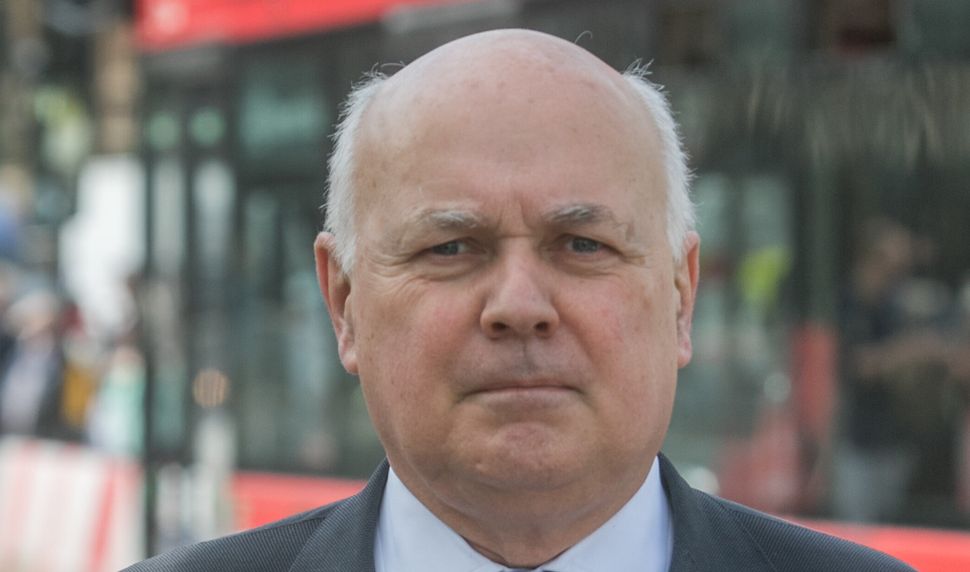
To steady the ship, Johnson also appointed former Tory leader Iain Duncan Smith as the ‘chair’ of his campaign. Yet while Duncan Smith is popular among party members, particularly Brexiteers, his appointment caused jitters among MPs who felt Johnson was in danger of becoming a prisoner of the European Research Group.
Johnson himself then stepped in quickly to reassure some worried colleagues that Duncan Smith’s role would be focused only on ‘Phase 2’ and a separate team was tasked with preparing for No.10.
And after a difficult start, Johnson’s ‘media blitz’ of giving more interviews, agreeing to clips with TV crews at events, started to pay off. More relaxed, he started making jokes to friendly audiences, while also trying to convey how serious he was about becoming party leader and PM.
Some of those who served with him on the 2016 campaign, when he was accused of not really wanting the top job enough, have noticed a marked change in motivation and attitude.
After a hustings for Conservative peers in the elegant Moses Room in the House of Lords, one of those present came away more impressed than they’d expected.
“Every single word, every single motion, it was all fizzing out, his energy. And of course that energy to other politicians is hugely attractive because it means somebody is actually going to get on and do something. That’s his strength.”
Not everyone was convinced. One peer said: “My thing with Boris is he can’t keep his trousers on.” But others said his emphasis on more spending for infrastructure outside London, and on education and health, had reassured them that “liberal Boris is back”.
Johnson tried to oil the wheels of the meeting by telling a lengthy joke about the need to dispel claims that a no-deal Brexit would mean a shortage of glucose and whey needed to make Mars Bars. “Where there’s a will, there’s a whey,” he said, prompting guffaws from the Tory peers. It was a gag he repeated during a hustings with party members in Bournemouth the following day.
Johnson’s TalkRadio interview, where he revealed his hobby of painting buses and passengers on cardboard boxes, was seen by close allies as proof that he had finally recovered from the nervy and defensive approach triggered by the Guardian story.
One colleague recalls how a key asset in winning round MPs was the new combination of enthusiasm and seriousness about the task ahead.
In one particular meeting where it finally looked like he had the numbers to pull ahead of rivals, Johnson said: “C’mon, we can do this! We can not only rescue the party, the country. We can have some fun as well!”
Yet while more media appearances have taken place, ‘Phase 2’ is still focused on the selectorate rather than the general public. Johnson has made it his mission to visit as many local Conservative associations as possible, sometimes up to five a day.
Crucially, he will be told which are already ‘on side’ and turn up to ‘seal the deal’. Under Tory rules, any association that offers to host one candidate has to offer an equal and proportionate opportunity to their rival.
But Johnson will turn up before Hunt, work the room and win so many round that it makes it impossible for his rival to waste time risking a less effusive reception.
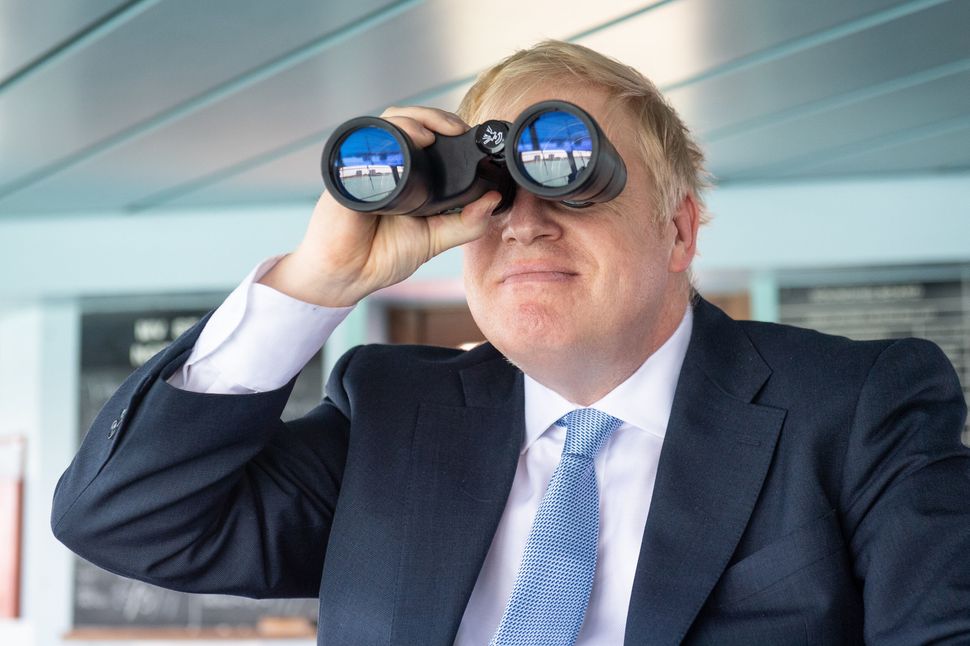
“We are meeting 300 people at a time on some visits, and each of those will tell their friends and so on. It’s in a way a repeat of Phase 1, but with a new audience. We are getting him to press as much flesh as possible with the voters who matter in this contest.
“And there’s a reason Hunt is doing all the media he is: he knows he can’t pack a hall in an association like Boris can. The thing people miss is that Boris just loves being on the stump, meeting people on a high street, he’s in his element.”
With more than half of all MPs having voted for him, he also has the advantage that they can influence their own local party members and activists.
Proof of the strategy came in the Isle of Wight association on Thursday, when a straw poll by ITV found that three quarters of those present would vote for Johnson. A poll of ConservativeHome activists also delighted the Lord North Street HQ when it was published, with 66% for Johnson and 30% for Hunt.
But the biggest challenge of all is preparing for what is known by his team as ‘Phase 3’: the first 100 days of a Johnson premiership. That’s almost exactly the length of time from the moment he is due to take over in July until October 31, when he says the UK will finally be out of the EU.
Again, it was David Cameron whom some around Johnson recall as a touchstone for preparations for Downing Street.
Back in 2010, having just spent two years as London Mayor, Johnson rang up the victorious new prime minister, joking: “Dave, do you need any advice on how to do a transition?”
As it happened, Cameron didn’t need the advice. However, Johnson was only half-joking, precisely because he had discovered the hard way just how complex the whole process had been at City Hall.
In a little-noticed remark in his interview with ConservativeHome this week, the former Mayor said: “One of the things I learned from City Hall is the vital necessity of arriving with a well thought through plan, having things ready to go.”
In 2008, when he first beat Ken Livingstone, Johnson’s team had been so focused on the election that they had failed to prepare for office. Nick Boles, since then a Michael Gove ally, helped put together a team that rapidly fell apart.
Within a month of getting elected, Johnson’s deputy chief of staff James McGrath, an Australian former adviser to George Osborne, had to be fired. He gave an interview in which he responded to suggestions Johnson’s mayoralty would trigger an exodus of Afro-Caribbean residents by stating: “Well, let them go”.
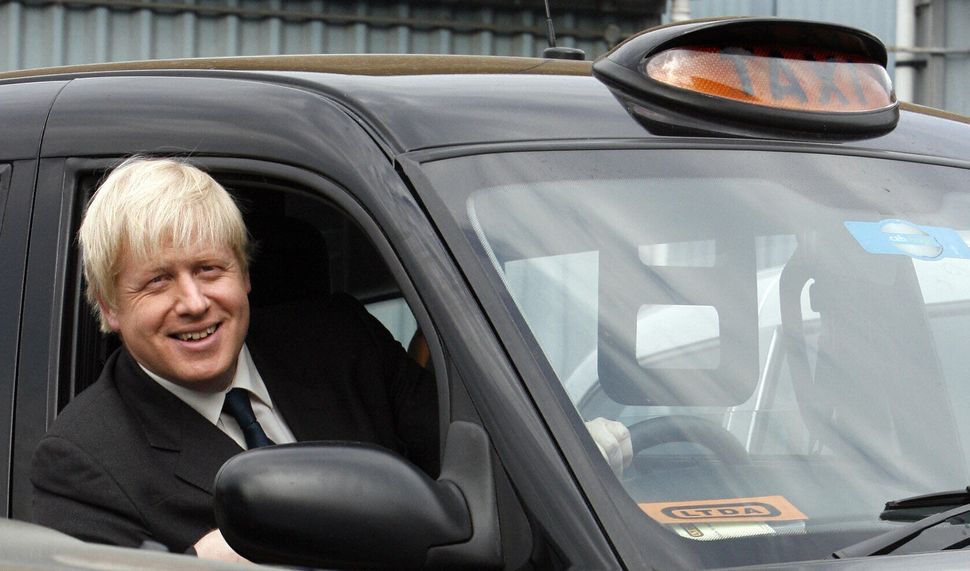
The bad news kept on coming. Ian Clement was forced to quit as deputy Mayor a year later over misuse of a corporate credit card. Tim Parker, who was forced on Johnson by the party, also quit. It took the former Westminster council leader Sir Simon Milton to arrive and get a grip.
One long-time ally puts it bluntly: “We learned the hard way. A lot of people came straight off the campaign into City Hall. There are two things about people who are on a campaign: a) they are adrenalin junkies, they get bored very quickly and b) they are extremely tribal.
“And neither of those things is conducive to working effectively with a neutral civil service to get stuff done.”
But once Johnson got into his stride as Mayor, his preference for delegation proved a benefit not a weakness.
While many critics contrast Johnson’s claimed achievements in London with his failures at the Foreign Office, it’s obvious that he prefers to cite the City Hall years for his political successes.
This was evident at his leadership campaign launch earlier this month. Among those present were former Met police chief Bernard Hogan-Howe and former deputy mayor Ray Lewis, another of those who had to resign from his top team pretty swiftly.
Add in former mayors-turned-ministers James Cleverley and Kit Malthouse -also at his launch - and it’s no wonder one colleague said this week: “We’re getting the band back together.”
And there is a key figure from Johnson’s London reign who is now playing a big part on his ‘transition team’. Former Wandsworth council leader Sir Edward Lister was chief of staff for five years. Known as ‘Steady Eddie’, he is also now among those lined up to be Johnson’s first chief of staff in Downing Street.
“We can’t afford the hiatus we saw between Phase 1 and Phase 2. Eddie is a safe pair of hands able to control the Boris zeal,” one ally said.
Although Lister is one of several contenders for the chief of staff role, his age (69) and his business interests may mean he ends up as a temporary figure to get the Johnson No.10 operation underway.
But he is being backed up by MPs Matt Hancock, Grant Shapps and Oliver Dowden, all of whom have experience working for prime ministers and in the Cabinet Office. “You couldn’t get a better combination of the two groups of different people who know how Boris works and how No.10 works,” one ally said.
“No one is taking anything for granted, he’s got to win Phase 2 first. But Phase 3 is underway looking at all sorts of things from the shape of Downing Street to Brexit,” another insider said.
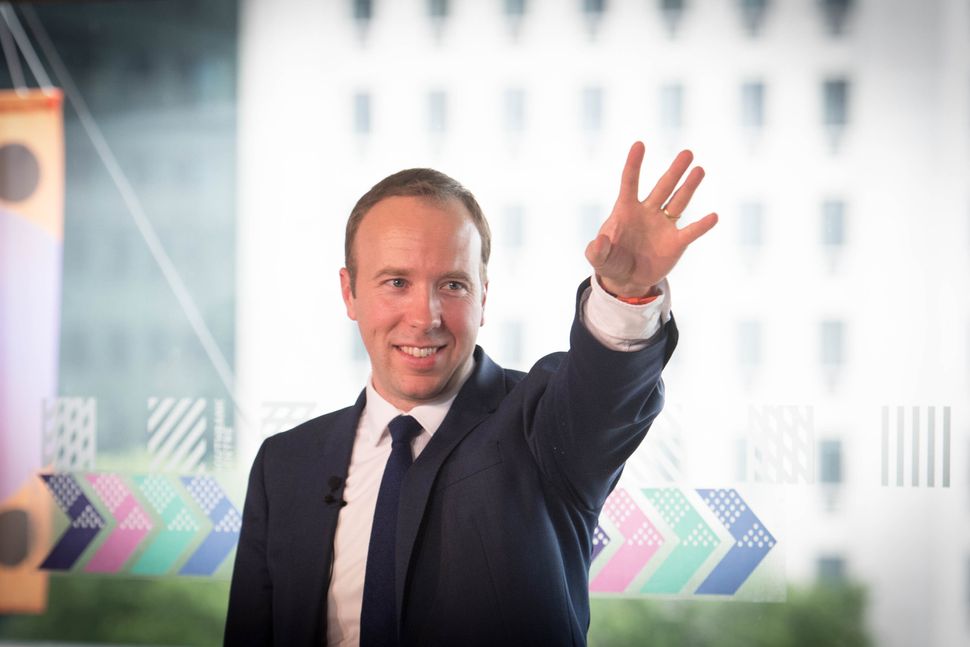
Former City Hall communications chief and ex-BBC veteran Will Walden is part of the team working through ‘transition streams’ for Downing Street. Although some believe he’s lined up to become director of communications, he may in fact have a more strategic and temporary role to get the operation through its first period.
Another former comms chief, Guto Harri, has been describing in recent days how his old boss can be a success as PM if he sticks to the formula developed in London.
Although an avowed Remainer, even he has maintained contact with Johnson and is rated for his extensive media background as a former Westminster journalist and later News UK executive who coordinated newspaper engagement with the Leveson inquiry.
On the policy side, Johnson has drafted in Oliver Lewis, former research director of the Vote Leave campaign, to head up his brains trust.
Alex Crowley, who was research director and then policy director in City Hall, is another old colleague lined up for a No.10 role. Some long-standing special advisers in Downing Street like Sheridan Westlake - who served both Cameron and May - are expected to be retained.
All will be tasked with coming up with bold policies on housing (Lister was chairman of the Homes England quango), education, the NHS and business, while the main job of finding a workable Brexit plan will take up most ‘bandwidth’.
The current prime minister’s official spokesman, former Daily Mail journalist James Slack, is also lined up to continue. “There will be lots of people who want to leave, lots of people with the greatest of respect we don’t want, but there will be some people who are pretty integral and James is definitely one of those,” one insider said. “That level of continuity and trust with the Lobby is very, very important.”
Lee Cain, who has acted as Johnson’s senior media spokesman through good times and bad, is to be offered a job, possibly of political spokesman in No.10, if he wants to stay on. Ben Gascoigne, a long-standing aide, accompanies Johnson on virtually every visit he makes and is also expected to get a new role in No.10.
‘Bloody mindedness is why he got a lot done’
Harri says that the criticism of Johnson as a politician who lacks detail is wide of the mark.
“He’s a big picture man. Like the journalist he is, he will go to the executive summary and find the critical nugget straight away. You see the wood from the trees whereas Gordon Brown and Theresa May are looking at the twigs on the branches,” he says.
“But he can get very micro if he feels he needs to. In Transport for London meetings, he would get stuck into why can’t we move that traffic light on the corner of X street. He loved those artificial models for planning, where are the doors facing, can you get more outside space, can you squeeze a few more trees in. He got into quite a lot of detail.
“On crime, he’d say ’why could somebody be stabbed in Tottenham last night, where were they, how could the police be within five minutes of where they were stabbed and not get there in 10 minutes’, that kind of stuff.”
Harri adds that Johnson was prepared to get his way too. “The key thing for Boris is this natural journalist’s thing of healthy scepticism. The average politician says I want to do this and the official says well it can’t be done, it’s too expensive of complicated. And they go ‘OK what a shame’.
“Boris says ‘why can’t it be done?’ That bloody mindedness is why he got a lot done. The advice would be ‘stop and search would help but it’s politically unpalatable’ and he’d say ‘not with me it ain’t’. He ramped it up and two years later there was a 40% drop in violent crime.”
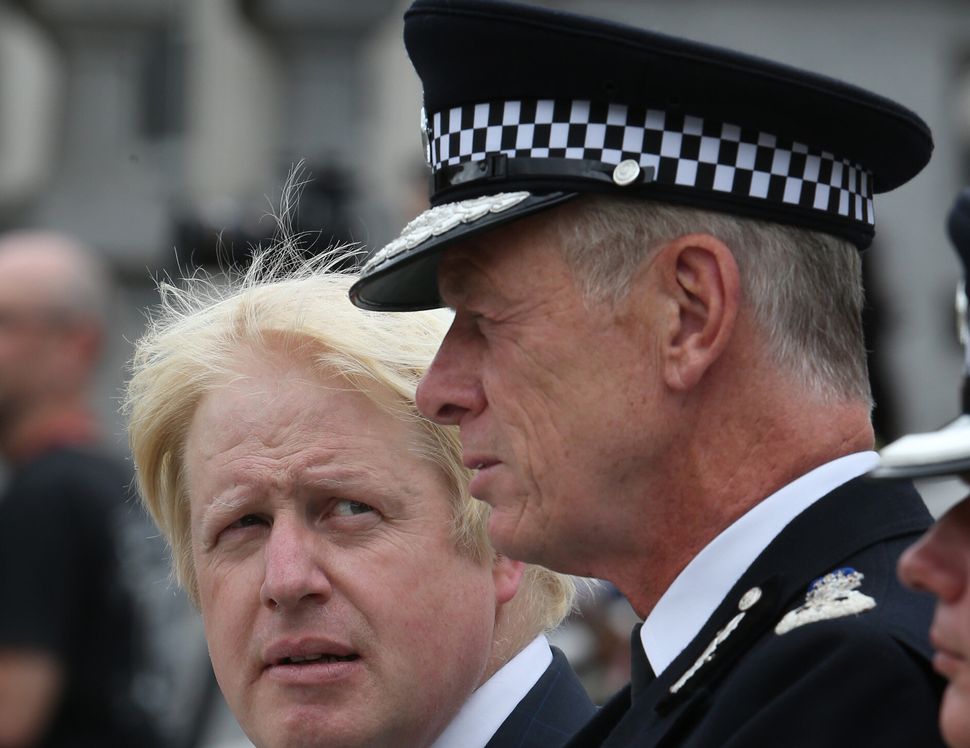
But others stress that while the eight years running London forged long-lasting alliances, its real significance lay in the way Johnson worked.
“People get a bit lost in ‘oh, the nostalgia of City Hall’. It’s not about surrounding himself with people from then. It’s actually about that model of governance. He’s very good at setting the tone and then letting people get on with their jobs,” one ally says.
“He understands there’s a huge difference between No.10 and City Hall, but there’s some continuity and frankly some security for him in knowing that the model works and some of those people who were there are around and he can build an even bigger and better team from there.
“Boris sees benefits of having bits of all the pie. It will not be all the City Hall gang, it will be a sensible, pragmatic combination of people. The key thing is a lot of these new allies don’t know or understand Boris and part of our role is to translate him for them.
“We need to give him the best platform to be a success, not just for him, but primarily because we’ve got a fucking crisis and we want it sorted.”
One former aide says that Johnson’s almost photographic memory and ability to absorb a complex brief quickly are talents that contrast with his public image as a bumbling politician.
“The thing people don’t seem to understand with him is there’s a very big brain but it works in a different way to other people.
“You can literally plonk something in front of him five minutes before he’s due to meet somebody, five pages, and boom it’s in every single detail. Someone will walk through the door and he will regurgitate a fact about them. He was very good at that.
“He’s not a dot the ‘i’, cross the ‘t’ man. He will absorb the facts, set the tone and direction and expect you to get on with it.”
But for those who want a clue to what a Johnson premiership will feel like behind the scenes, one former official says that he also expects results to come with the autonomy he grants his staff.
“The key thing about the way he operates and I think he’ll do the same at No.10: he will expect you to do it but God you will know if you are not doing it.
“He would say something at a TfL [Transport for London] meeting on a Thursday and if he hadn’t heard back by the Monday, he would be on the phone or he would be texting ‘what the hell is going on?’ If you do deliver, he’s brilliant at encouraging and showering praise, but he is a driver from behind the scenes.
“He’s very consensual, will ask pertinent questions and takes a considered view based on the advice of others. But then he will say ‘right, this is what we are going to do’. He will have heard all the arguments, he may not agree with you, but he’s considered what you’ve said and then expects you to enforce what he wants.”
It’s worth remembering too that partner Carrie Symonds has an unusually political role for any politician’s other half. A former Conservative Campaigns HQ staffer, she knows the workings of the party better than he does.
One campaign insider says Symonds spent much of the first phase of the campaign lining up phone calls for Johnson as he went through the 16 meetings a day and 25 calls per night at one stage. What role she may have in the new No.10 is yet to be determined.
The transition team has not forgotten the need to swiftly hammer out a new relationship with the DUP and restore trust among the Conservative parliamentary party.
One ally even suggests that Johnson should hold off any reshuffle in his first day (likely to be July 24), simply to keep as many MPs as happy as possible in the face of a vote of no confidence that could be launched by Jeremy Corbyn.
For now, Johnson will refuse to talk publicly about his planned team for Downing Street, following his mantra that he’s not offered jobs to anyone. But one evening next week he is due (along with Hunt) to hold a formal meeting with Sir Mark Sedwill, the cabinet secretary and national security adviser to discuss his ‘transition’ plans.
Those around him know another media squall could blow up at any time, but he looks better prepared than ever before for the top job. Whether he can make any more of a success of it than May remains to be seen.